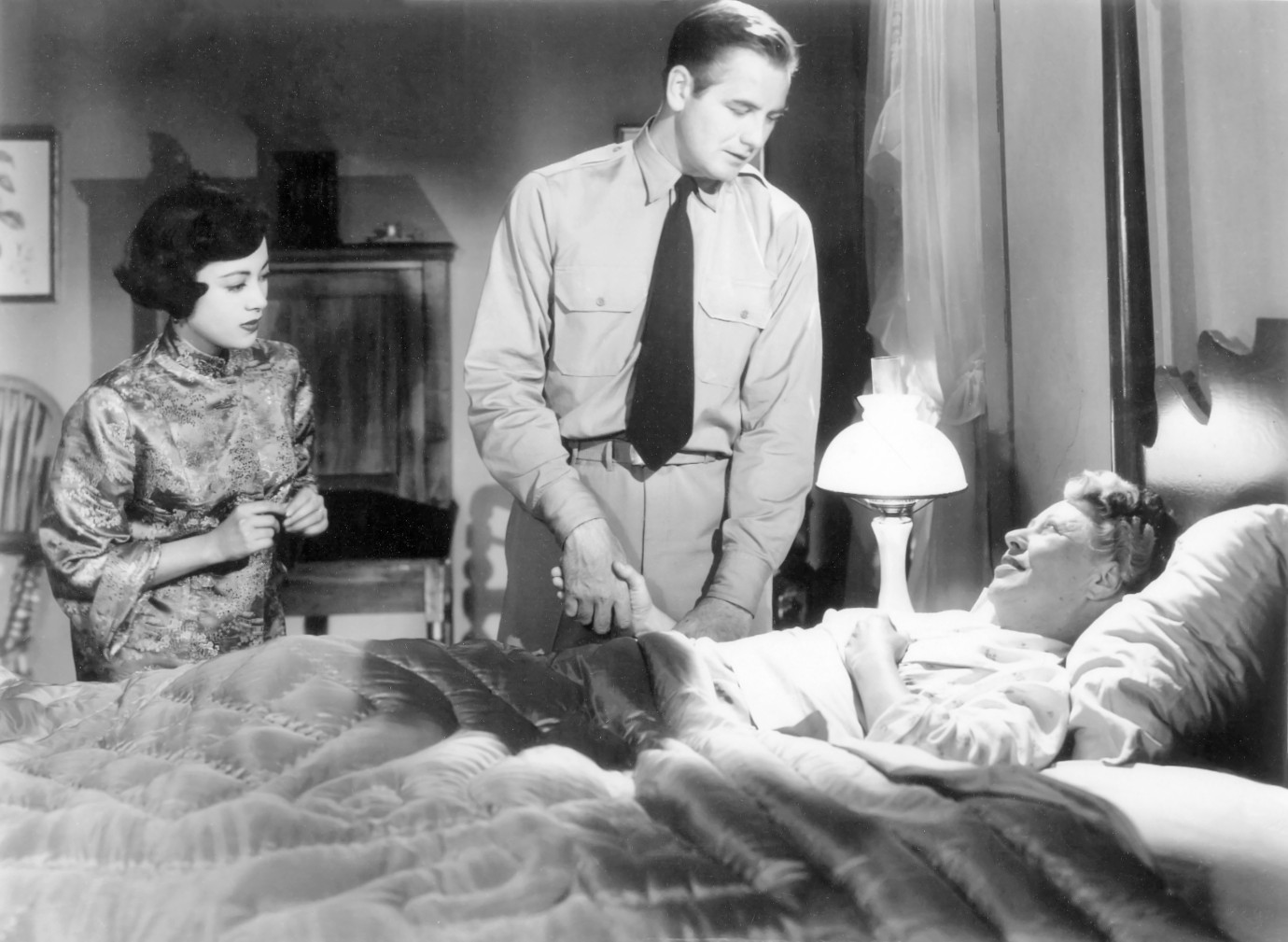Japanese War Bride
Die japanische Kriegsbraut

Shirley Yamaguchi, Don Taylor, Louise Lorimer
Japanese War Bride | Die japanische Kriegsbraut by King Vidor
USA 1952, Retrospective
Source: Sammlung Cinémathèque suisse. Alle Rechte vorbehalten.

Shirley Yamaguchi, Cameron Mitchell
Japanese War Bride | Die japanische Kriegsbraut by King Vidor
USA 1952, Retrospective
Source: Sammlung Cinémathèque suisse. Alle Rechte vorbehalten.

Marie Windsor, Louise Lorimer, Shirley Yamaguchi
Japanese War Bride | Die japanische Kriegsbraut by King Vidor
USA 1952, Retrospective
Source: Sammlung Cinémathèque suisse. Alle Rechte vorbehalten.

King Vidor
Japanese War Bride | Die japanische Kriegsbraut by King Vidor
USA 1952, Retrospective
Source: Sammlung Cinémathèque suisse. Alle Rechte vorbehalten.
With
- Shirley Yamaguchi
- Don Taylor
- Cameron Mitchell
- Marie Windsor
- James Bell
- Louise Lorimer
- Philip Ahn
- Sybil Merritt
- Lane Nakano
- Kathleen Mulqueen
Crew
| Director | King Vidor |
| Screenplay | Catherine Turney |
| Story | Anson Bond |
| Cinematography | Lionel Lindon |
| Editing | Terry Morse |
| Music | Emil Newman, Arthur Lange |
| Sound | Victor Appel, Ed Borschell |
| Art Director | Charles D. Hall |
| Costumes | Izzy Berne, Adele Parmenter |
| Assistant Director | Wilbur McGaugh |
| Producer | Joseph Bernhard |
Produced by
Bernhard Productions, Inc.
Additional information
Print: Harvard Film Archive, Cambridge MA